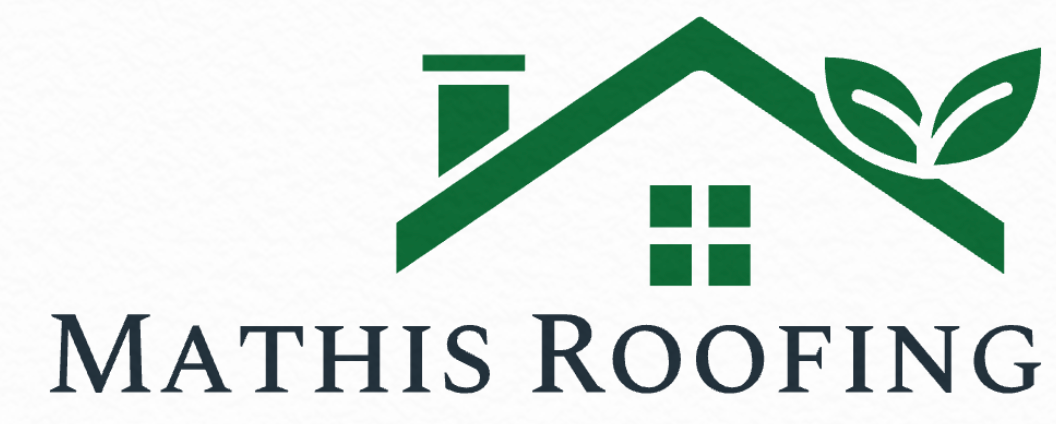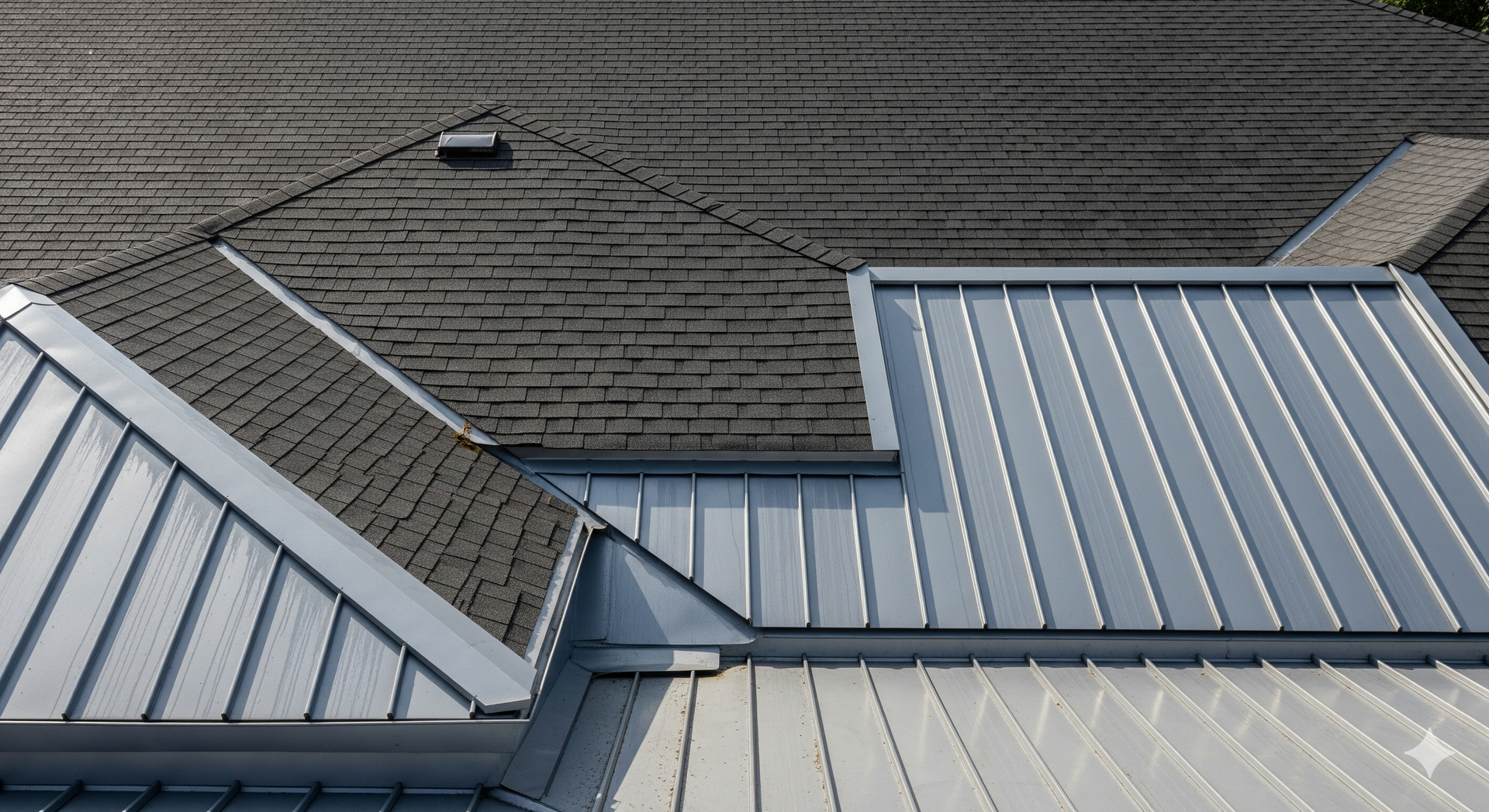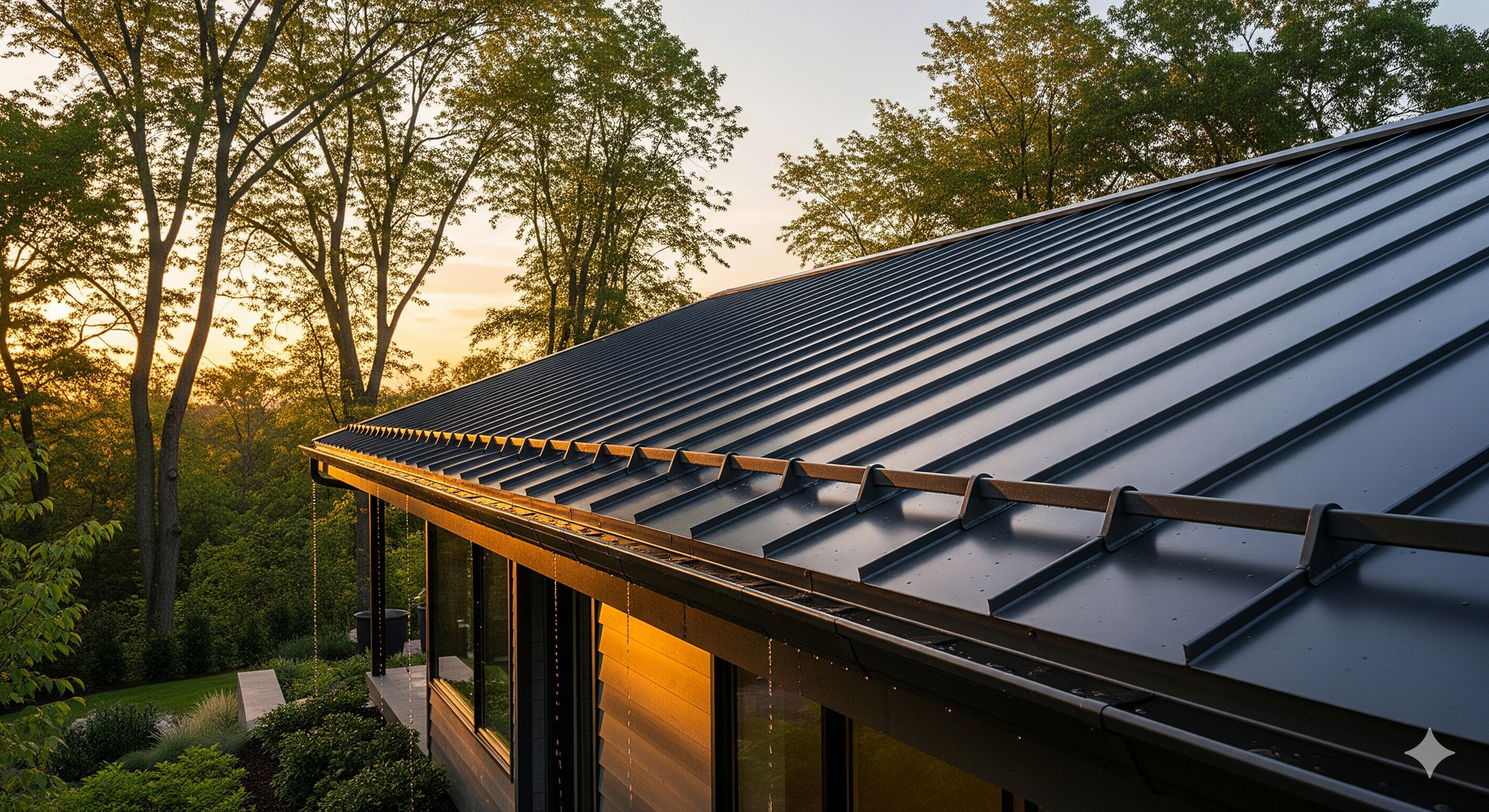How North Carolina Weather Affects Your Roof Year-Round
North Carolina’s weather puts your roof through constant challenges. The summer heat and humidity can crack shingles, while spring storms test gutters and loosen tiles. In autumn, falling leaves block gutters and cause water damage. Winter ice and snow add heavy weight and create ice dams. UV radiation steadily fades and ages roofing materials. Staying on top of seasonal care and scheduling regular roof repairs helps protect your roof and avoid costly problems. To learn more about where services are available, check the Mathis Roofing service areas.
Key Takeaways
- North Carolina's summer heat and humidity can cause roofing materials to warp, crack, and develop mold without proper care.
- Heavy spring rains and storms increase risks of water damage and wind damage, requiring effective drainage and roof inspections.
- Autumn leaves clog gutters, trapping moisture and causing mold, so regular debris removal is essential for roof health.
- Winter ice dams and snow loads stress roofs, making insulation, ventilation, and snow removal critical to prevent damage.
- UV radiation year-round accelerates roof aging by drying and cracking shingles, necessitating routine maintenance to extend lifespan.
Impact of Summer Heat and Humidity on Roofing Materials
During summer in North Carolina, roofs endure extreme heat and high moisture levels. Heat resistance is essential because intense sun can cause shingles and tiles to warp or crack. The constant humidity effects add another layer of stress, as moisture seeps into small gaps, leading to mold and rot. A roof built to handle both heat and humidity stays in better shape and lasts longer. Regular roof inspections help spot these issues early and extend your roof’s life.
Effects of Heavy Rain and Storms During Spring
Spring storms in North Carolina often bring heavy rain and strong winds, pushing your roof to its limits. Poor drainage and even small leaks can quickly become major problems if left unchecked. Emergency roof services are crucial for handling unexpected storm damage and preventing further issues.
Rainwater Drainage Challenges
During spring, heavy rainfall can overwhelm your roof’s drainage system. Gutters overflowing or water pooling are clear signs that your rainwater management needs attention. Without proper flow, water lingers and increases the risk of leaks or long-term damage. To avoid this, make sure gutters, downspouts, and roof slopes are clear and functioning together. A well-maintained system directs water off the roof efficiently, reducing the strain caused by repeated spring downpours.
Storm Damage Risks
Frequent spring storms in North Carolina also bring strong winds that can lead to significant storm damage. When gutters or downspouts clog, water backs up and seeps into roofing layers, leading to hidden leaks and potential structural issues. High winds can lift or damage shingles and dislodge flashing, creating more entry points for water. Staying on top of roof inspections—especially after major storms—helps you catch problems early and avoid expensive repairs.
How Autumn Leaves and Debris Influence Roof Health
When autumn arrives, leaves often blanket your roof. While they look beautiful, they create problems for shingles and gutters. Leaves and debris can block gutters, trap water, and lead to mold or moisture damage. Clearing your roof and gutters might feel like a chore, but it’s an essential step to prevent costly repairs.
Leaf Accumulation Risks
Autumn leaves may enhance your yard’s beauty, but they can harm your roof. Leaf buildup blocks water flow and creates damp areas that encourage damage. Regular roof inspections help catch these issues early and protect your home.
Here’s what leaf buildup can cause:
| Problem Area | What Happens | Why It Matters |
|---|---|---|
| Shingles | Traps moisture | Leads to rot and mold |
| Gutters | Gets clogged | Causes water overflow |
| Roof Valleys | Leaves settle and decay | Weakens roof structure |
| Flashing | Moisture hides in crevices | Sparks leaks |
| Roof Deck | Prolonged dampness | Warps wood and invites pests |
Debris and Drainage
Even a small amount of debris accumulation can disrupt proper roof drainage. When debris clogs gutters and downspouts, water can’t flow away as it should. This leads to pooling, which places stress on shingles and can cause leaks. Clearing gutters, installing leaf guards, or arranging professional inspections ensures water drains properly and protects your home. Taking these simple steps safeguards your roof and keeps your property looking well maintained.
Mold and Moisture
Leaves that linger on the roof trap moisture and create ideal conditions for mold growth. Excess moisture can seep into roofing materials, increasing the risk of damage and leading to faster shingle deterioration. Keeping your roof clear of leaves and debris reduces the chance of moisture buildup and helps maintain a healthy home. Regular cleaning prevents costly repairs and protects the roof’s lifespan.
Winter Weather Challenges: Ice, Snow, and Freezing Temperatures
Winter in North Carolina can bring harsh conditions that strain roofing systems. Ice and heavy snow create significant weight loads, and freezing temperatures can trigger ice damming. Ice dams occur when melted snow refreezes at the roof’s edge, pushing water beneath shingles and causing leaks. Preventing ice dams involves proper insulation, good ventilation, and careful snow removal. Snow accumulation also adds stress, so it’s important to clear heavy snow or schedule professional inspections. Addressing winter weather challenges helps avoid structural issues and keeps your roof safe through the cold months.
The Role of UV Radiation in Roof Aging
After enduring winter’s ice and snow, roofs in North Carolina face another significant challenge: UV radiation from the sun. These powerful rays don’t just heat your home; they can damage your roof over time. UV exposure effects cause roofing materials to dry out, crack, and lose their color, which reduces both durability and appearance. Choosing durable materials like metal roofing and keeping up with routine roof inspections helps protect your roof from sun damage and extends its lifespan.
Here’s how UV radiation affects your roof:
- Breaks down roofing materials, making them brittle and prone to damage
- Fades shingles, diminishing the roof’s curb appeal
- Accelerates wear and tear, shortening the roof’s lifespan
Preventative Maintenance Tips for Each Season
Roofs in North Carolina face tough conditions year-round, but regular care keeps them strong and helps prevent costly repairs. Simple steps like seasonal inspections and routine cleaning make a big difference by catching small problems before they become serious.
Here’s a simple plan that feels just right for our North Carolina climate:
| Season | What to Check | Maintenance Tip |
|---|---|---|
| Spring | Look for winter damage | Clean gutters and downspouts |
| Summer | Inspect for sun damage | Trim overhanging branches |
| Summer | Clear leaves and debris | Check flashing and seals |
| Winter | Watch for ice dams or leaks | Remove snow if heavy |
| Year-round | Roof surface and shingles check | Schedule professional inspection |
Choosing Roofing Materials Best Suited for North Carolina’s Climate
North Carolina’s climate ranges from intense sun to heavy storms, so it’s important to choose roofing materials that perform well in various conditions. The right choice offers durability, energy efficiency, and protection for your home.
Here’s a look at some popular options:
- Metal roofing: Durable, energy-efficient, and effective at reflecting heat. It offers long-lasting performance and works well with good insulation.
- Asphalt shingles: Affordable and versatile, with good resistance to rain. However, they may require more maintenance in areas with extreme heat.
- Clay tiles: Strong and attractive, providing excellent durability and cooling benefits. They come at a higher upfront cost but offer long-term value.
Frequently Asked Questions
How Does North Carolina’S Coastal Location Impact Roof Durability?
North Carolina’s coastal location exposes roofs to strong storms and high humidity, which can cause moisture damage and weaken roofing materials. Regular maintenance and inspections help protect your home from these coastal conditions.
Are There Specific Roof Warranties for North Carolina Weather Conditions?
Many roof warranties in North Carolina account for local risks like storm damage. Since about 60% of roof claims in the state relate to storms, choosing a warranty tailored to the region’s climate offers valuable protection.
How Often Should Gutters Be Cleaned to Prevent Roof Damage Here?
In North Carolina, gutters should be cleaned at least twice a year, ideally in spring and fall. Routine gutter maintenance prevents clogs that can cause water damage and helps keep your roof in good condition.
What Emergency Roof Repairs Are Common After Hurricanes?
After hurricanes, homeowners in North Carolina often deal with missing shingles, leaks, and structural damage. Preparing for storms, documenting any damage promptly, and filing insurance claims quickly are important steps for recovery.
Can Local Wildlife Affect Roof Integrity in North Carolina?
Yes, wildlife such as squirrels and raccoons can damage roofing materials in North Carolina. Regular inspections and maintenance help prevent these animals from causing costly repairs to your home.
Final Thoughts
Roofs in North Carolina handle intense summer heat, powerful storms, falling autumn leaves, and harsh winter ice. With proper care and the right roofing materials, your roof stays strong and protects your home through every season. Regular seasonal checkups help catch problems early and keep your home safe and dry year-round.
For help keeping your roof in top shape,
contact Mathis Roofing today. Their team knows how to handle North Carolina’s weather and keep your roof ready for anything.


